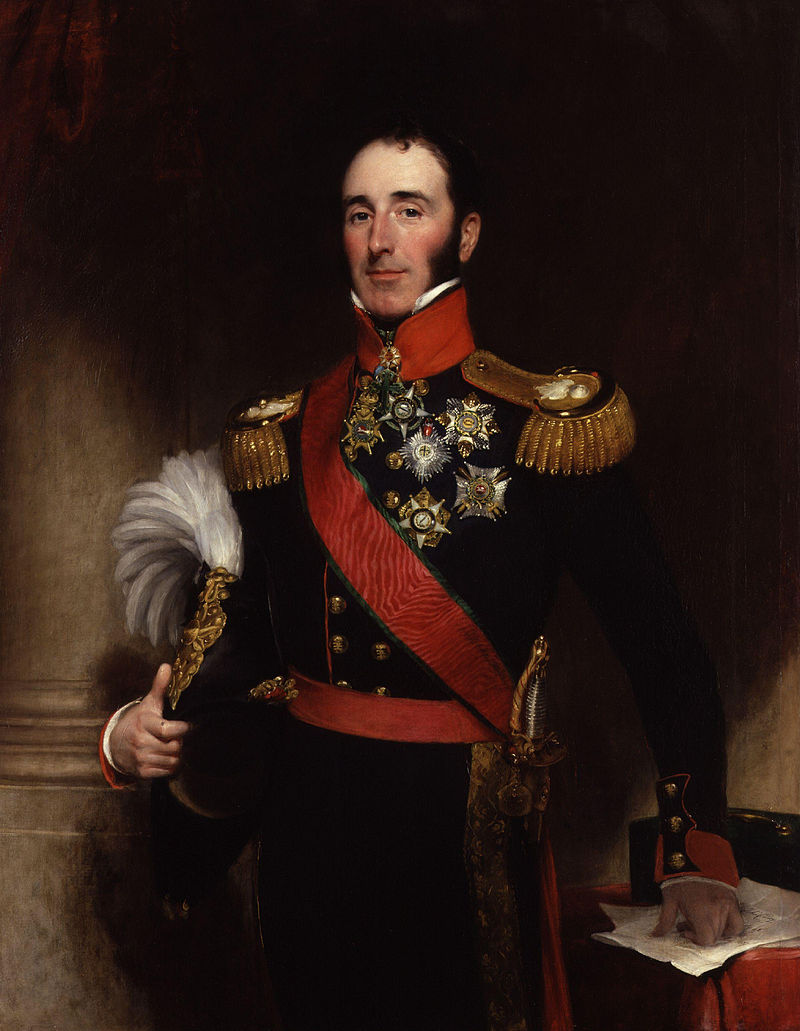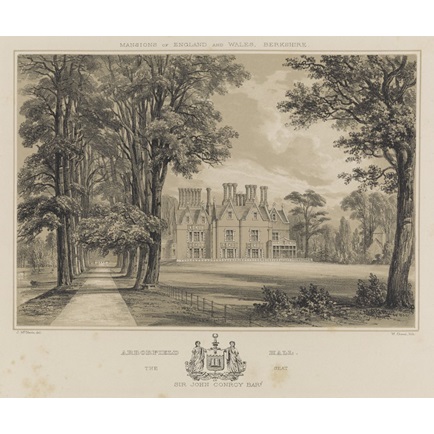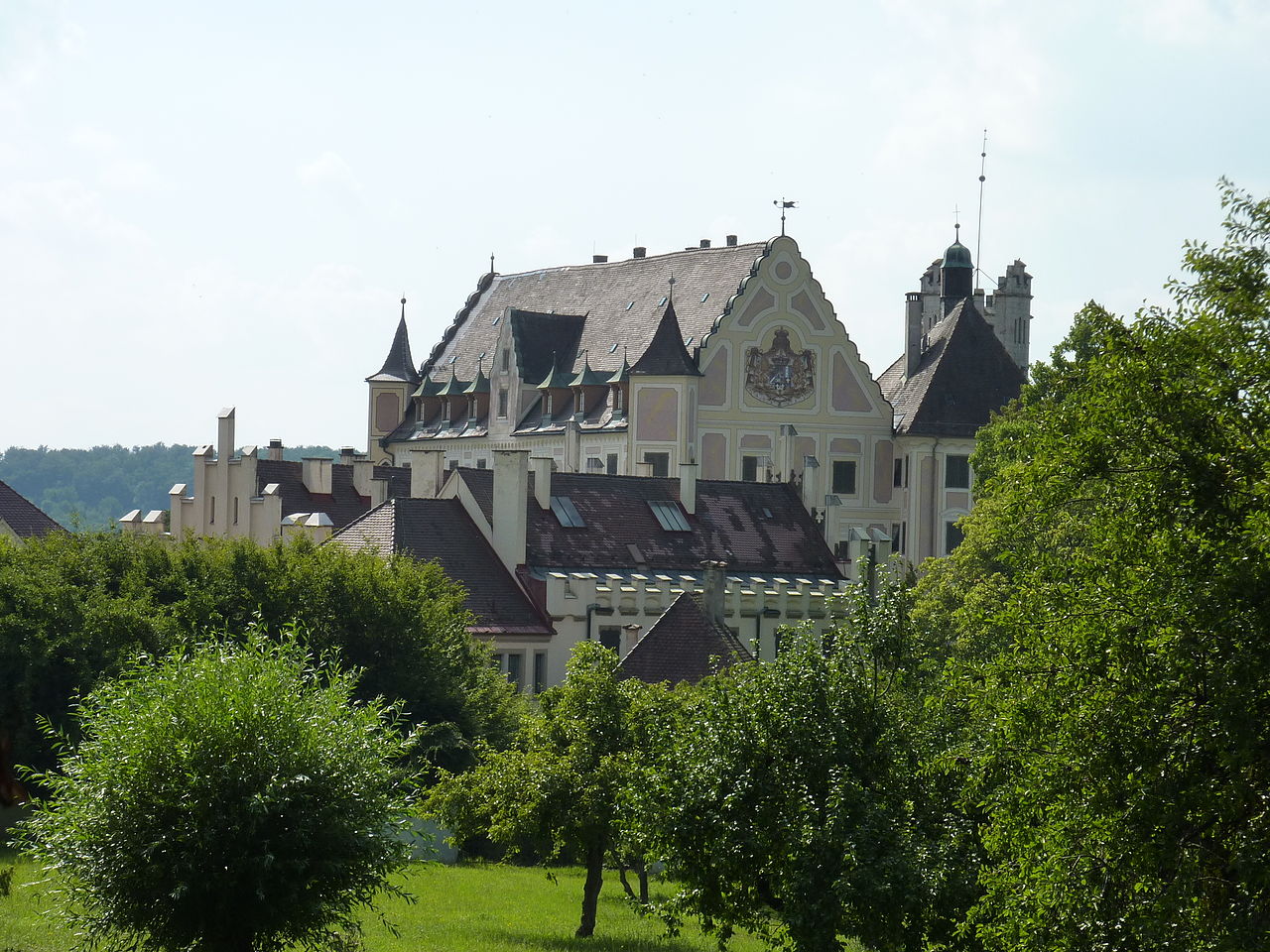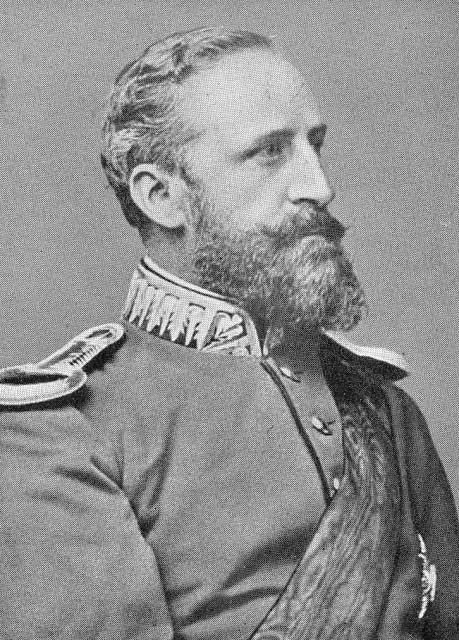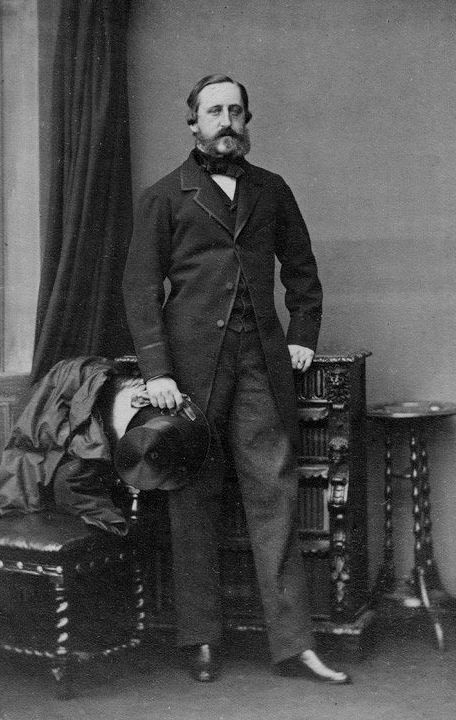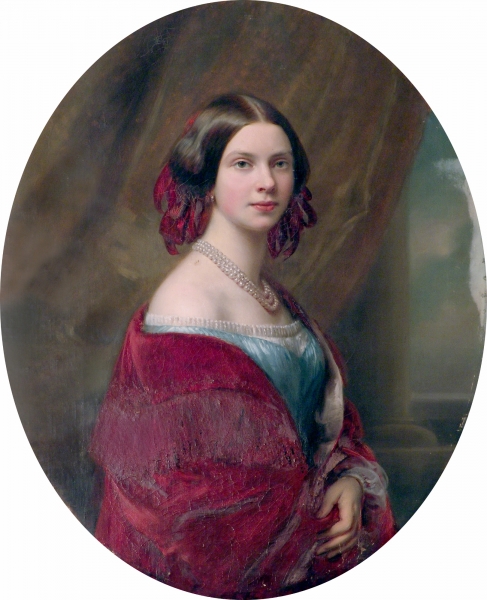by Susan Flantzer
© Unofficial Royalty 2018

Baroness Louise Lehzen; Credit – Wikipedia
From 1824 – 1842, Baroness Louise Lehzen was the governess and then adviser and companion to Queen Victoria who called her Lehzen.
Johanna Clara Louise Lehzen was born on October 3, 1784, in Hanover (Germany), the youngest of the two sons and seven daughters of Joachim Friedrich Lehzen, a Lutheran pastor, and his wife Marie Catharina Melusine Palm, a pastor’s daughter. Joachim Lehzen had spent some time as a pastor at a German church in London and was fluent in English. While in London, he served as the tutor for the sons of several English families. When he returned to Hanover, Joachim ran a boys’ boarding school focusing on learning the English language. When he had his own children, Joachim taught them English.
Due to family circumstances, Lehzen had to work at an early age and she had excellent references from her employer, the aristocratic von Marenholtz family. Along with those references and the influence of Augustus Frederic Christopher Kollmanns, a composer, musical theorist, and organist from Hanover who lived in London and was the Organist, Clerk, and Chapel Keeper of His Majesty’s German Lutheran Chapel at St. James’s Palace, Lehzen obtained a position in the household of Prince Edward, Duke of Kent, son of King George III.
In 1818, the Duke of Kent married Princess Victoria of Saxe-Coburg-Saalfeld, the widow of Emich Carl, 2nd Prince of Leiningen. The new Duchess of Kent had two children, 14-year-old Karl, 3rd Prince of Leiningen and 11-year-old Princess Feodora of Leinigen. The Duke of Kent thought that Feodora needed a governess and so Lehzen was hired. On May 24, 1819, the Duke and Duchess of Kent had their only child, Princess Alexandrina Victoria of Kent, the future Queen Victoria. The Duke and Duchess of Kent’s marriage was short as the Duke died on January 23, 1820.

The Duchess of Kent and her daughter Princess Victoria holding a miniature of her deceased father; Credit – Wikipedia
As Feodora grew older, she no longer needed a governess and in 1824, Lehzen became governess to the 5-year-old Victoria. Because of Victoria’s unique position – she was third in the line of succession after her childless uncles Prince Frederick, Duke of York and Prince William, Duke of Clarence (the future King William IV), Victoria needed to be well-educated. Lehzen gave Victoria a very solid early education. When Victoria turned eight, she began to receive lessons from tutors in French, German, writing, mathematics, drawing, dancing, music, and singing.
The Duchess of Kent developed a very close relationship with Sir John Conroy, her Comptroller and Private Secretary, who wanted to use his position with the mother of the future queen to obtain power and influence. Conroy and the Duchess tried to control and influence Victoria with their Kensington System, a strict and elaborate set of rules. Lehzen was strongly protective of Victoria and encouraged Victoria to become strong, informed, and independent from her mother’s and Conroy’s influence, causing friction between the two and Lehzen. The Duchess of Kent’s relationship with her daughter Victoria suffered greatly and did not normalize until Victoria herself had children.
Because of this conflict with her mother and Conroy, the young Victoria trusted only one person – Lehzen. Lehzen dedicated her life to ensuring that if Victoria became Queen, she would be intelligent and strong-minded. Lehzen was often criticized for her influence over Victoria but she was the only person who truly had only Victoria’s interests at heart. Victoria wrote in her diary about Lehzen, “the most affectionate, devoted, attached and disinterested friend I have.”
The Duke of York died in 1827 and now the Duke of Clarence was the heir presumptive and Victoria was second-in-line to the throne. Conroy complained that Victoria should not be surrounded by commoners and King George IV, also King of Hanover, created Lehzen a baroness of the Kingdom of Hanover. Shortly before, Victoria’s uncle the Duke of Clarence became king, Lehzen inserted a genealogical table in Victoria’s history book. Victoria carefully looked at it and said, “I see I am nearer to the throne than I thought,” and burst into tears. After she composed herself, Victoria said her famous remark, “I will be good.” When her uncle King George IV died in 1830 and the Duke of Clarence succeeded to the throne as King William IV, Victoria became the heir presumptive.

Victoria in 1833 with her dog Dash; Credit – Wikipedia
On May 24, 1837, Victoria turned 18 years old and it would not be necessary for the Duchess of Kent to serve as regent, much to the relief of Victoria’s uncle King William IV who intensely disliked the Duchess. Less than a month later, on June 20, 1837, King William IV died and Victoria acceded to the British throne. On the day Victoria became queen, she demonstrated her determination to free herself from her mother’s influence by ordering her bed to be removed from the room she and her mother had always shared. Victoria also immediately dismissed Conroy from her household but she could not dismiss him from her mother’s household. However, she sent both her mother and Conroy off to a distant wing of Buckingham Palace and cut off personal contact with them.
Lehzen continued to serve Victoria after she became Queen. She did not have an official position but was called, at her request, “lady attendant.” She had the Queen’s ear and her absolute confidence. Lehzen helped look after Victoria’s clothes and jewels, acted as an unofficial secretary, and was responsible for Victoria’s personal expenses. No bill for personal expenses was paid unless Lehzen had signed it. A door was installed between Queen Victoria’s bedroom and Lehzen’s bedroom.
Queen Victoria’s marriage to her first cousin Prince Albert of Saxe-Coburg and Gotha in 1840 caused significant changes in the household. Naturally, Albert began to influence Victoria, overshadowing Lehzen whose instincts were to protect Victoria. Albert and Lehzen soon developed a dislike for each other. In an effort to protect Victoria, Lehzen attempted to thwart Albert’s will. Albert found Lehzen repugnant and unworthy of befriending the Queen. To Albert, Lehzen was a servant who had risen above her place in life and he wanted Victoria to rely only on him, as her husband.
This conflict came to a head in January 1842 when Victoria, Princess Royal (Vicky), the 14-month-old eldest child of Victoria and Albert became ill. When Vicky was born on November 21, 1840, Queen Victoria trusted Lehzen to make the arrangements for the nursery staff. Lehzen put the nursery in the charge of two nursemaids, Mrs. Southey and Mrs. Roberts, and Sir James Clark who was Physician-in-Ordinary to the Queen. Albert had objected to Clark due to his terrible mishandling of the Lady Flora Hastings affair in 1839. Clark diagnosed Vicky’s illness as a minor ailment and, incorrectly as it turned out, prescribed calomel, a laxative and then, a common medicine. Unknown at that time, calomel, which contained mercury chloride, was toxic. Vicky did not become better but rather became seriously ill. Albert confronted Victoria on the incompetence of the staff selected by Lehzen. There was a very heated quarrel, after which Albert declared that he would leave the affair in her queenly hands, and it would be on her head if Vicky died.
Vicky recovered but Albert had enough of Lehzen and on July 25, 1842, without consulting Victoria, he dismissed Lehzen. Albert told Victoria that Lehzen wanted to go back to Hanover due to her ill health. Always protecting Victoria, Lehzen went along with Albert’s plan. In preparation for her departure from the household, Lehzen taught Victoria’s dresser Marianne Skerrett some of her duties. On the morning of September 30, 1842, Lehzen slipped away, leaving a letter for Queen Victoria rather than saying goodbye in person.
Lehzen was granted a generous annual pension of £800 and the gift of a carriage. She went to live with her sister in Bückeburg, then in the Principality of Schaumberg-Lippe, now in Lower Saxony, Germany but her sister died a few months later. Queen Victoria and Lehzen kept in touch via letters and Victoria even visited her several times. When Lehzen became infirm, Victoria gave her a gift of a “wheeled chair.” On September 9, 1870, Baroness Louise Lehzen died in Bückeburg at the age of 85. She was buried in the Jetenburger Cemetery in Bückeburg where Queen Victoria had a memorial to her erected.
This article is the intellectual property of Unofficial Royalty and is NOT TO BE COPIED, EDITED, OR POSTED IN ANY FORM ON ANOTHER WEBSITE under any circumstances. It is permissible to use a link that directs to Unofficial Royalty.
Recommended Book – Serving Queen Victoria: Life in the Royal Household by Kate Hubbard
Works Cited
- Baird, Julia. Victoria The Queen. Random House, 2016.
- Hubbard, Kate. Serving Victoria: Life In The Royal Household. Harper Collins Publishers, 2012.
- “Louise Lehzen”. De.Wikipedia.Org, 2018, https://de.wikipedia.org/wiki/Louise_Lehzen. Accessed 13 May 2018.
- “Louise Lehzen”. En.Wikipedia.Org, 2018, https://en.wikipedia.org/wiki/Louise_Lehzen. Accessed 13 May 2018.


